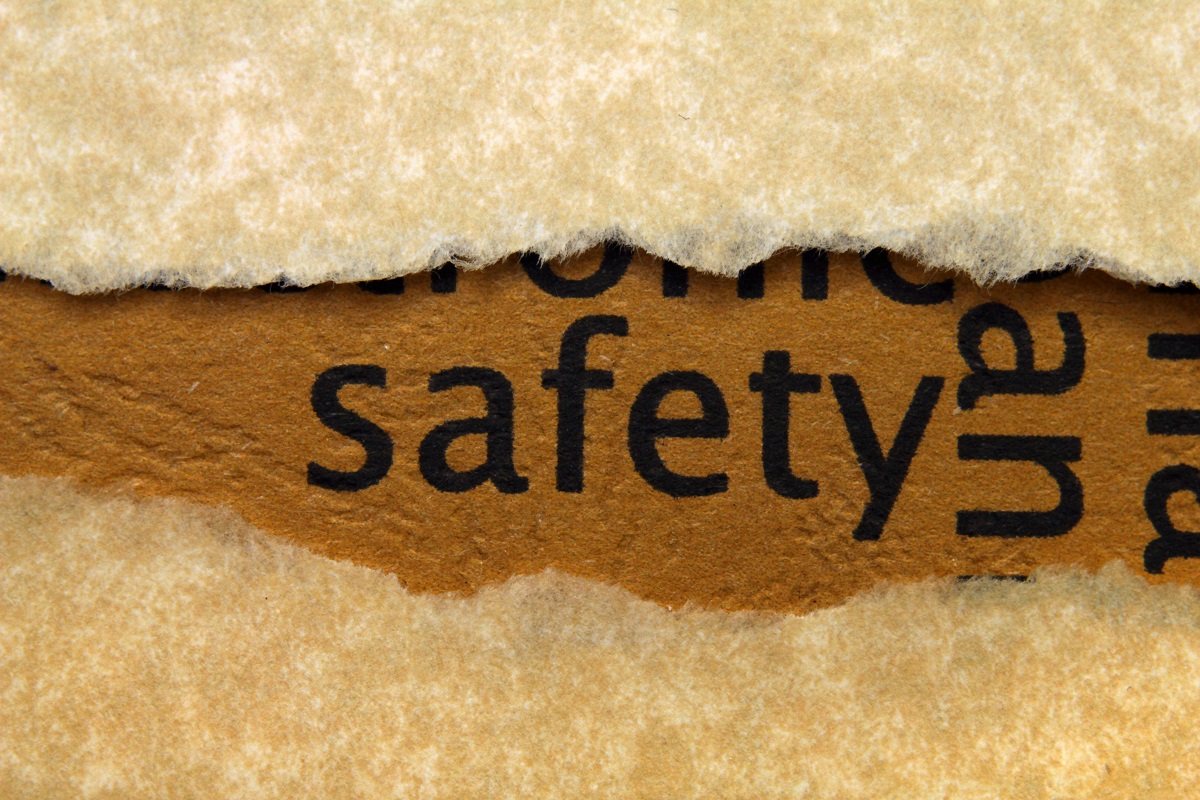OSHA Safe + Sound Week is Aug. 9 to 15, and ISRI members got an early idea of how the Biden administration will direct the Occupational Safety and Health Administration (OSHA) in an Aug. 4 webinar sponsored by the association. Presented by environmental, health, and safety (EHS) experts Mark Lies and Adam Young, partners at Seyfarth Shaw LLP, the training covered how various changes in OSHA may impact inspections and enforcement in workplaces.
New OSHA Leadership
The Biden administration has made several changes since Jan. 20, 2021:
- Minutes after his inauguration, President Joe Biden named Jim Frederick acting deputy assistant secretary of labor for OSHA. Frederick retired from the United Steelworkers in 2020 after 24 years as assistant health and safety director.
- On April 9, the president nominated Doug Parker, the head of California’s Division of Occupational Safety and Health (Cal/OSHA), to lead OSHA. Parker is awaiting Senate confirmation.
Under the Trump administration, Frederick’s position was vacant, and OSHA gained a reputation for lax enforcement, which the current administration seeks to reverse, Lies and Young say. During his Cal/OSHA stint, Parker demonstrated a forceful approach to safety measures by implementing a broad COVID-19 enforcement initiative.
COVID-19 Concerns
As the Delta variant of COVID-19 causes some authorities to re-impose mask mandates, recyclers are looking for resources to keep from running afoul of OSHA, which is not easy, according to the experts. “You are still liable under the General Duty Clause for a recognized hazard,” Lies says. Face masks, social distancing, and COVID-19 screenings are good ideas. Stay abreast of Centers for Disease Control and Prevention (CDC) and National Institute for Occupational Safety and Health (NIOSH) guidance.
Stay on top of any changes to OSHA’s Emergency Temporary Standard (ETS) for COVID-19. “As it stands now, it’s a question of risk and risk tolerance, whether you want to have individuals in public places,” Young says. “If there’s a state or local rule, you have to comply with that as well.” For example, Cal/OSHA is especially stringent in following its ETS program.
Agency Focus
Expect more rigorous OSHA inspections and enforcement, particularly of the OSH Act’s General Duty Clause, which requires workplaces to be free from recognized hazards, the lawyers note. There will likely be more enforcement of the Multi-Employer Worksite Doctrine, which makes a company liable for OSHA violations involving contractors, temporary, or leased or borrowed workers on the customer’s site. Expect more focus on COVID-19 protocols, workplace violence, and heat stress. Anticipate the agency to issue news releases regardless of a citation’s status.
Now, OSHA inspectors spend more time than ever with non-English-speaking employees during investigations. Lies says it’s very important to write and present safety policies so that all employees know what they’re learning. “It is not employment discrimination to ask your non-English-speaking employees, ‘Do you understand the training?’ If [they don’t understand], get a multilingual employee in there so they understand what they’re signing,” he advises.
Be Prepared
Section 17(e) of the OSH Act states that an employer who willfully violates the law and is found to have caused a worker’s death faces a misdemeanor fine of not more than $10,000 or imprisonment for not more than six months. The federal government may raise the crime to felony status, with correspondingly higher penalties. OSHA has referred fatality cases to state attorneys general, in states where felony charges could be applied.
If OSHA cites your company for a violation under its categories (Other-Than-Serious, Serious, Willful, or Repeated), “The cardinal sin in OSHA is not abating,” Young says. With fines starting above $13,000 per day, the costs can quickly add up. Don’t accept a citation anywhere in the country without contesting it. Citations stay on a company’s record for five years, multiple citations could exponentially increase penalties down the line.
“OSHA doesn’t have to show you’re egregious or willfully negligent; all they have to show is that something was on your record,” Lies says. He advises keeping records of independent investigations (root-cause analyses) and claim attorney-client privilege if you’ve shared the results with your attorney.
Managing Inspections
Lies and Young offer tips to manage OSHA investigations and minimize the risk of citations:
- Define health and safety compliance measures, training, and personal protective equipment (PPE) to be worn by contract workers in you contracts.
- Let a contractor manage the actual performance of contracted work.
- Tell workers exactly what you are doing to prevent exposure to and the spread of COVID-19.
- Name an OSHA point person and weekend/backup person at your company; this person is responsible for interactions with compliance officers.
- Ensure that relevant written OSHA policies and logs are readily available.
- Politely receive OSHA officials at your facility; always be professional.
- Determine exactly what they are inspecting (fatality/catastrophe, employee complaint, or programmed local-national or wall-to-wall).
- Your employees can decline OSHA interviews, to be photographed/recorded or to sign statement, and are not required to provide a reason. Between 60% and 70% of all OSHA citations result from employee interviews, Lies says, because employees were not prepared for OSHA interviews and did not understand their rights.
- OSHA does not have to give Miranda warnings in aftermath of accidents, because compliance officers don’t have arrest powers. But any statements made to investigators may be used as evidence to cite a company for violations.
- If an employee makes a complaint about safety or health, OSHA has a slew of laws to protect whistleblowers. The employer should not retaliate. Thoroughly investigate to determine whether there is any basis for the complaint. If the employee continues to refuse to work after a thorough investigation and the employer has shown that there is no basis for the complaint, then consider taking appropriate disciplinary action.
Well before OSHA arrives at your workplace, standard safety management practices apply. Watch for electrical issues; safe walkways; slips, trips, and falls; machine guarding; and process safety. Proper PPE for the job; lockout-tagout procedures; ergonomics; presence of combustible dust or hazardous chemicals; workplace violence; heat illness; and Permissible Exposure Limits (PEL) to chemicals or noise also are safety basics to remember. “It’s vitally important to look at your worksite in its totality, because that’s what OSHA is going to do,” Young explains.
Additional Resources












